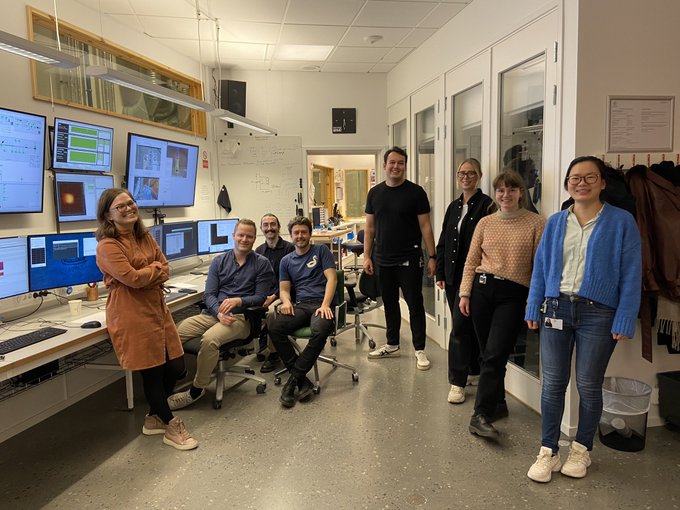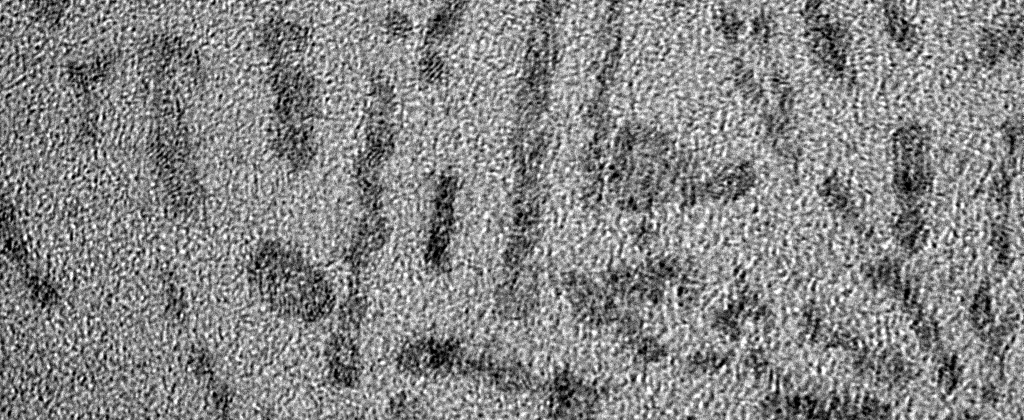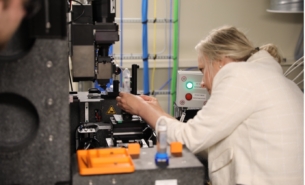The relationship between atomic structure and size is crucial knowledge in the effort to improve nanomaterials properties. Amorphous atomic structure was revealed in research done at DanMAX beamline of otherwise crystalline tungsten oxide nanoparticles due to the change of the nanoparticles size. This understanding is crucial for developing materials for, among others, catalysis, batteries, solar cells, memory storage, medicine, etc.
The study of nanomaterials attracts interest because of their wide range of applications and improvement possibility. Understanding a nanomaterial’s atomic structure is crucial in the efforts of improving their properties.
The Nanostructure group from the University of Copenhagen, headed by Kirsten M. Ø. Jensen together with Mikkel Juelsholt, took advantage of total scattering with pair distribution function analysis at DanMAX beamline to investigate the relationship of nanoparticle’s size and atomic structure in tungsten oxide.

The research team collected full scattering patterns that can only be collected using the high-energy X-rays with high intensity available from DanMAX.
”The challenge was to find to control the size of a nanomaterial, establish the atomic structure and isolate the effects of the size. We studied this particular system because we can handle particle size using simple tools in the chemical synthesis, which meant we could separate the effects of size from other parameters such as synthesis temperature or solvent”, says Jensen.
Turned amorphous on 2-4 nm
Nanomaterials often adopt a different atomic structure compared to bulk versions of the same material. The research reported the first observation that nanosizing a material can make the atomic structure go from crystalline to amorphous.
“Usually, tungsten oxide, which we are studying, is crystalline. In a crystalline structure, the atoms sit in an ordered lattice that repeats throughout the material. When we make tungsten oxide nanoparticles that are small enough (around 2-4 nm), the atomic structure becomes amorphous, which means it is disordered with no long-range atomic order,” explained Jensen.
The team is currently continuing work on size and structure relations in general by investigating other metal oxide systems. They also work on understanding how such materials form and why specific synthesis pathways lead to particular structures.




